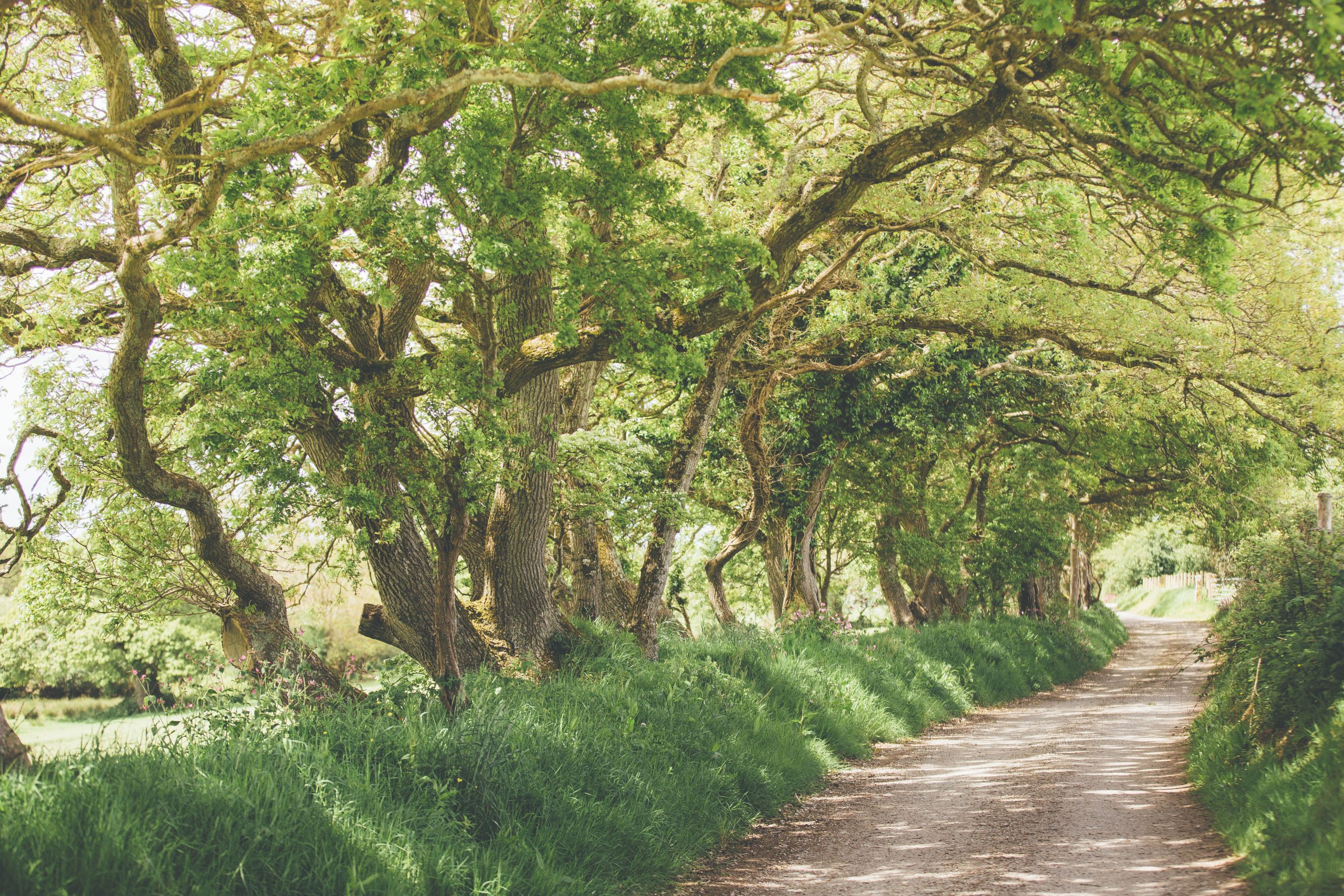A few months into the COVID-19 global pandemic, we put together an insights document looking at emerging property trends we were identifying, drawing on research around consumer’s new priorities for the home.
Now in a new year, our thoughts and predictions have shown to be very accurate – with big changes on where and how people are choosing to live. Focusing on the higher end of the property market, we have considered the trends in order to inform marketing and communications strategies.
The major trend from prospective house buyers is a desire for property in a remote location. Fresh air is now a selling point. Village life, with its lower population density, has become more attractive, and easy access to the countryside and coast for recreation is increasingly important.
A long commute has also become more acceptable if made less frequently, meaning there is still a need for good transport connections for when commuting is required.

With more time spent at home, space is more important than ever. This includes the need for private and exclusive outside space.
There is now an increased focus on gardening, and its benefits to health and wellbeing. The importance of green space, and the growing trend of people looking to get more in touch with nature, such as growing their own vegetables, should be taken into consideration in your communications strategy.
Internally, space for entertaining at home is as important as ever. With the hospitality industry facing turbulent times, people are looking at how they can socialise within the home, and put their home cooking skills to good use.
There is now an increased emphasis on home entertainment such as TV streaming, as well as a need for space to accommodate a home gym or fitness studio. Communication around flexible rooms and spaces will be important here, as traditional layouts and room descriptions may start to change depending on the individual requirements of a household.
Research by Savills found 49% of people expect home working to continue post lockdown. This means a separate work area is important, and potentially multiple home office rooms for couples both working from home will be desirable.
IT infrastructure is also an extremely high priority for house hunters, as good internet connectivity for remote working is essential.
Fibre to the premises (FTTP) is a big selling point, as well as internal cabling and multiple power supply sockets to allow for flexibility within the spaces available.
A mind map from the Board of Innovation, The ripple effects of a low-touch economy, highlighted potential scenarios which may occur as more people work from home:

The rise of home working will have a significant impact on the demand for traditional office space, and we are seeing de-centralisation away from congested city centres.
Offices are still very much be needed in certain industries where home working is just not practical. Here, we are seeing the desire for more flexible working, and for office spaces to blend work and lifestyle.
It is not just the new-found ability to efficiently work from home that is contributing to the demise of city offices.
Research by Quintessentially has found an acceleration of the trend from lifestyles moving out of the city:
The global pandemic has not only shifted property trends according to new lifestyle choices; it has also impacted the market as a whole in a number of ways: